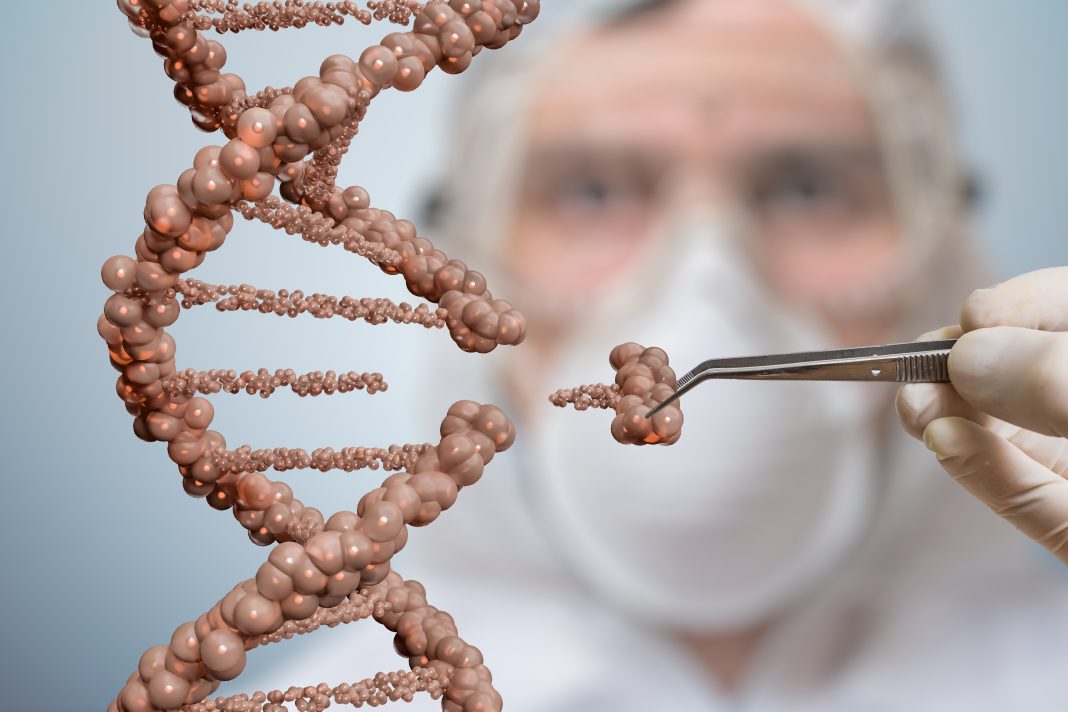The future of cell therapies should be in off-the-shelf products using multiplex gene editing during the manufacturing process. That’s according to Rachel Haurwitz, PhD, CEO of Caribou Biosciences.
Haurwitz, whose colleague Justin Skoble, PhD, spoke at at the American Biomanufacturing Summit about innovation in gene and cell therapy platforms, believes that using CRISPR gene editing can produce off-the-shelf cell therapies that meaningfully rival the performance of those tailored to individual patients.

Caribou Biosciences has developed a gene-editing system that uses CRISPR hybrid RNA-DNA (chRDNA) guides to improve on traditional CRISPR Cas9 gene editing. According to Haurwitz, the chRDNA system allows Caribou to conduct multiple gene edits to, for example, remove PD-1 from the surface of T-cells used in CAR-T cell therapies.
The aim is to remove the “brakes” from the cell therapy product to maintain its high tumor activity and improve the clinical benefits, she says.
“With our next-generation CRISPR technology, called chRDNA, we’re able to integrate more gene edits, such as PD-1 knockout, with high efficiency and specificity, while maintaining the genomic integrity [of the cells],” she explains.
Haurwitz believes Caribou is the first company to take an off-the-shelf, or allogeneic, cell therapy with a PD-1 knockout into the clinic. Also, she thinks they’re the only company currently using hybrid guides for CRISPR.
In early June, the company presented initial clinical data for their allogeneic cell therapy, CB-010, for non-Hodgkin lymphoma. According to Haurwitz, the six patients in the study all responded to an initial single dose of 40 million CAR-T cells.
“That’s quite a low dose for a beginning Phase I study, so it’s remarkable all patients responded and 40% of those patients remain in complete response six months later,” she adds.
Going forward, Haurwitz says gene editing can improve the specifications of cell therapies.
“CB-010 has three edits, two knockouts, and one insertion. Our next program, CB-011, an off-the-shelf product for multiple myeloma, requires four genome edits, two knockouts, and two insertions,” she points out. “This is an example of how we’re pushing the envelope of genome editing and deploying it in the manufacturing of off-the-shelf cell therapy.”


